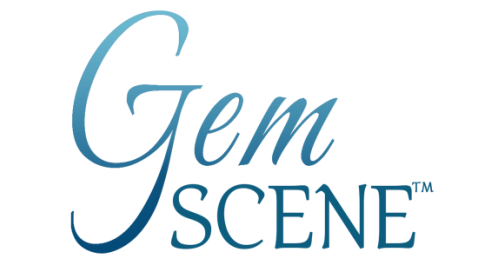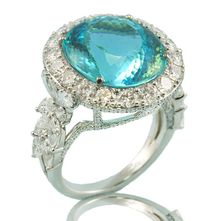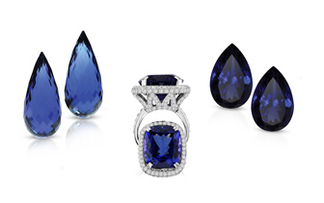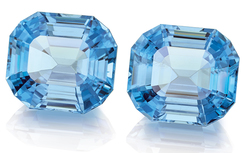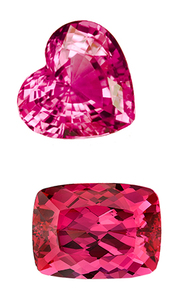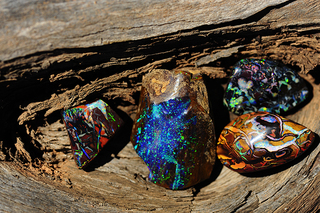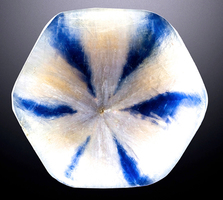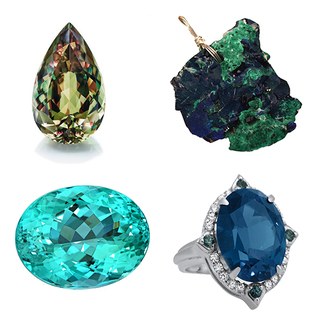DESERT FINDS
Once a year, during the month of
February, the small city of Tucson in the U.S. state of Arizona becomes a vast
bazaar of gems, fossils, geodes, and just about everything under the desert sun
you can imagine.
By Cynthia Unninayar
By Cynthia Unninayar
